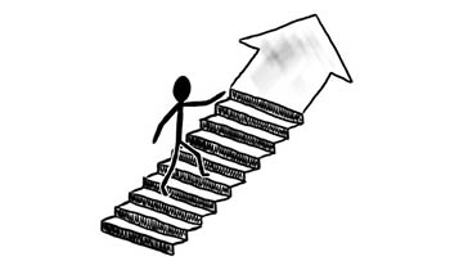Ever since the advent of electronic component content in consumer, industrial, commercial and military products and systems, dealing with progressively harsher environments has been an issue. This is due largely to the increase in performance that electronics can bring to many systems, hence its increasing utility, popularity and eventually its necessity in all types of applications.
In 1897, the vacuum diode was invented by J.A. Fleming, ushering in the age of electronics. Triodes followed along with tetrode and pentode tubes up until World War II. Much has been written about the stimulus of warfare in the development of technology, and the war effort helped bring about a new era in electronics with the invention of the junction transistor in 1948.
Integrated circuits followed in the 1950s, disrupting design even further by cramming an entire circuit on a single chip. This meant enormous savings in cost, size and weight – of course meaning that ever greater functionality could be built into products and systems for both the military and the industrial sectors. JFET and MOSFET development during the 1950s increased the reliability and power of transistors.
The subsequent 20 year period saw the increasing density of components and circuitry on a single chip in step with progress in fabrication design technologies allowing mass production of digital and analog integrated circuits. In 1969, the microprocessor was introduced by Intel, leading to the introduction of computer intelligence into stand-alone products and the rise of personal computers and mobile computing.
In lock step with the development of computer power has been an explosion in the surrounding system components that house, protect, support, communicate, cool, connect and feed all that processing capability.
This evolution of basic electronic components has further changed and added to the functionality of products and systems, allowing for them to do many more tasks, often in harsh and unfriendly environments. Increased processing intelligence and component functionality has also greatly expanded the list of application realities for systems with electronic content, necessitating the development of ever more smaller, more rugged, and more cost-effective components and systems. In a sense, the technology is nurturing its own growth.
These days a harsh environment could mean a police body cam, with a rugged circuit board built to withstand impact, vibration, humidity, and heat. It could also mean a sensor network on a robotics assembly line, designed to withstand sparks, vibration, debris, fumes, and chemicals. Or even the rugged cables, connectors, wiring, sensors, relays and switches that support and control the operation of a modern steel mill.
As an illustration, the consumer automotive area, not usually an example of a harsh environment, is one in which components literally must function under punishing conditions. Automotive systems operate within a temperature range of -40C to +160C, and within a humidity range of 0% to 100%, with a target failure rate, particularly in safety systems, of 0%. With electronic systems content in consumer vehicles forecast to reach 50% of the total cost of a car by the year 2030, it doesn’t take much to realize the amount of component development that will be necessary.
Across industry, design engineers, supported by materials scientists, software engineers, and manufacturing specialists, have employed creativity, adaptability, and hard work to conquer challenges and bring about progress, particularly in the area of products with advanced electronic systems functioning in exacting situations. This demand for advanced performance in increasing numbers of applications will only continue to grow.
temas bize:
 TR
TR
 English
English
 Chinese
Chinese
 Italiano
Italiano
 Portuguese
Portuguese
 Deutschland
Deutschland
 French
French
 Russian
Russian
 Japanese
Japanese
 Turkish
Turkish
 Korean
Korean
 Spanish
Spanish
 hesabım ve siparişlerim
hesabım ve siparişlerim

